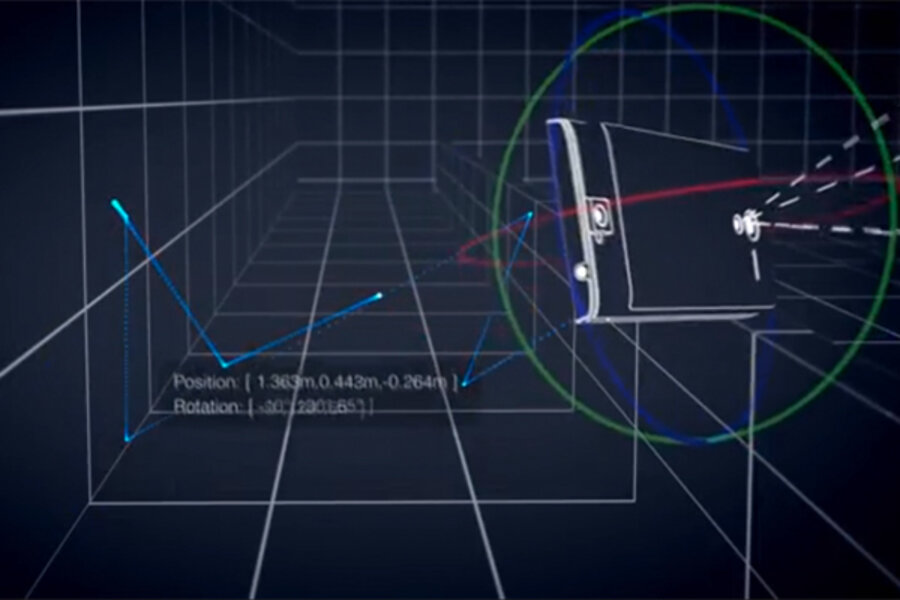Project Tango, Google's 3-D imaging smart phone, has a tablet sibling
Loading...
Project Tango is back for an encore performance.
The Google Advanced Technology and Projects (ATAP) division’s “Project Tango” initiative debuted a prototype smart phone in February that allows mobile devices to sense the world around them and map out the dimensions of indoor rooms. Now, reports have surfaced that Google is extending the project to include a tablet that can capture these same 3-D images and will be shipped to developers early next month. In a mobile market where device manufacturers are constantly looking for gimmicks to make their product stand out from the crowd, 3-D imaging is one of the few developments that could actually change the game.
Google’s Project Tango tablet will be a 7-inch device with two back cameras, infrared depth sensors, and software that can piece together three-dimensional images from environment-based data, according to the Wall Street Journal, citing unnamed sources. This device will function similar to Google’s Project Tango smart phone, which can sense three-dimensional landscapes and obstacles surrounding the smart phone user.
According to the Journal, Google will release approximately 4,000 of the devices to developers beginning next month. Google did the same limited prototype release with the Project Tango phone.
A mobile device with 3-D sensing capability goes beyond upping a smart phone camera’s pixel count or increasing zoom. Applications could range from enhancing entertainment options, such as adding further interactive elements to video games; and better maps, such as mapping spaces inside buildings; to better assistance for people diagnosed with disabilities, such as alerts for when hard-to-spot obstacles lie in front of them.
“What if you could walk into a store and see exactly where that thing you need to buy is, or play hide-and-seek in your home with that character from your favorite game, or help the visually-impaired navigate that place they have never been able to to go on their own?” says Google on the Project Tango website. “Project Tango is an attempt to create a mobile device unlike like any other, a mobile device that shares our sense of space and movement, that understands and perceives the world the same way we do."
A tablet device in particular could also expand the options up to enterprise and research users who may want a device that could have extended software applications and/or extra data storage.
3-D technology has been on the forefront of tech futurists thoughts as of late, especially with the rise in 3-D printing applications and virtual reality headsets. Just this week, Samsung was rumored to be jumping into the virtual reality headset game in hopes of making it to market before Facebook’s Oculus Rift or Sony’s Project Morpheus. Though the race to develop technology has certainly picked up recently, some believe finding clever ways to use this technology is lagging.
"The technology is ahead of the applications," says Rajeev Chand, head of research at Rutberg & Co., an investment bank focused on digital media industries, to the Wall Street Journal. Bryan Ma, an IDC analyst adds, “It is critical to open the new technology to developers first as the key is how you can translate the technology into practical applications."
So far, there has been little talk of widespread release of programs to run on this technology, aside from an arcade game being rolled out on Oculus Rift headsets at 29 Chuck E. Cheese locations around the country where players grab at virtual tickets fluttering in the digital air, similar to "cash booths" found on game shows.
Google however, is taking the same route with its Project Tango technology as it did with Google Glass: release to developers, and see what applications catch on with a bigger population. As Project Tango devices make their way into developer’s hands, more information about how 3-D imaging could interact with our world will certainly become more apparent.






